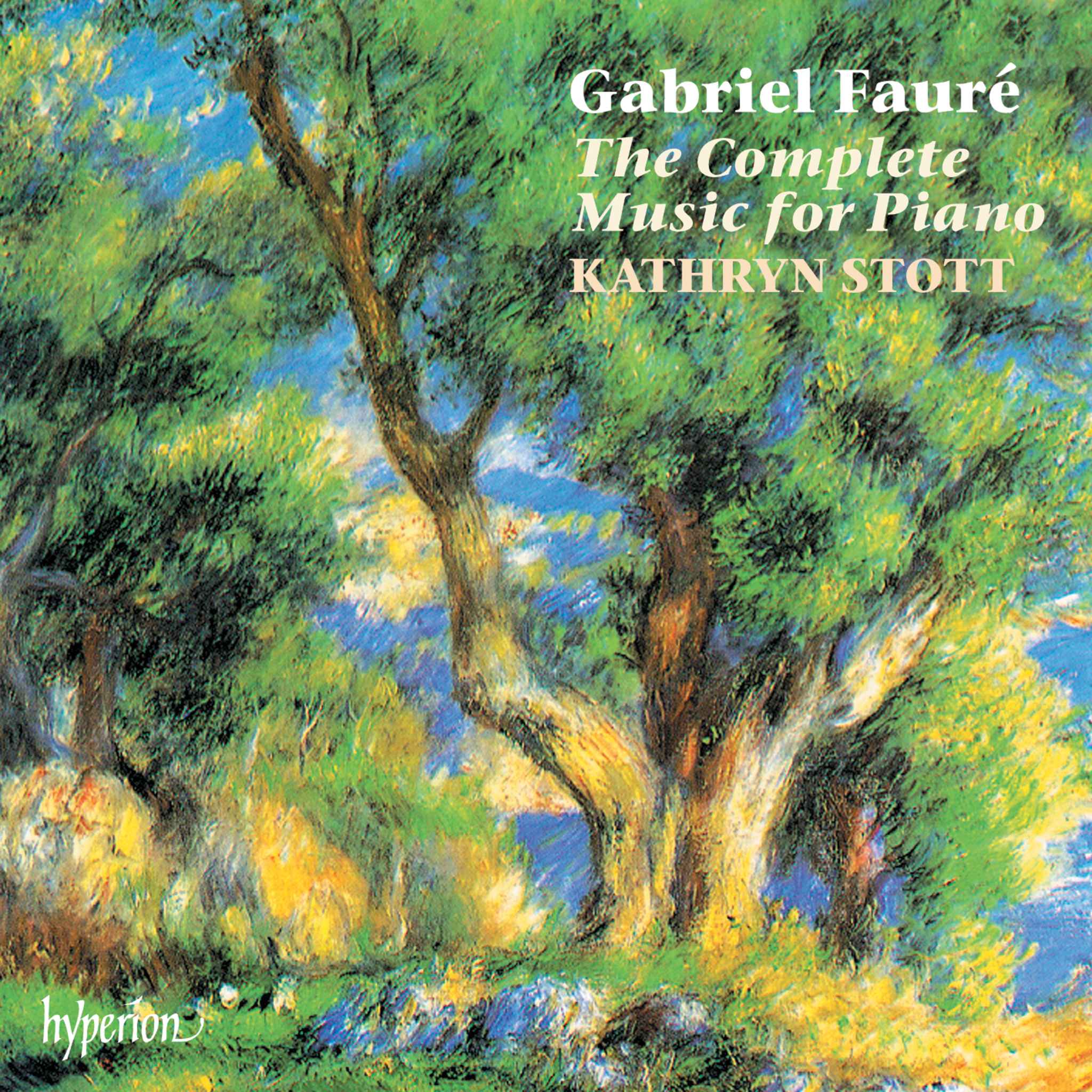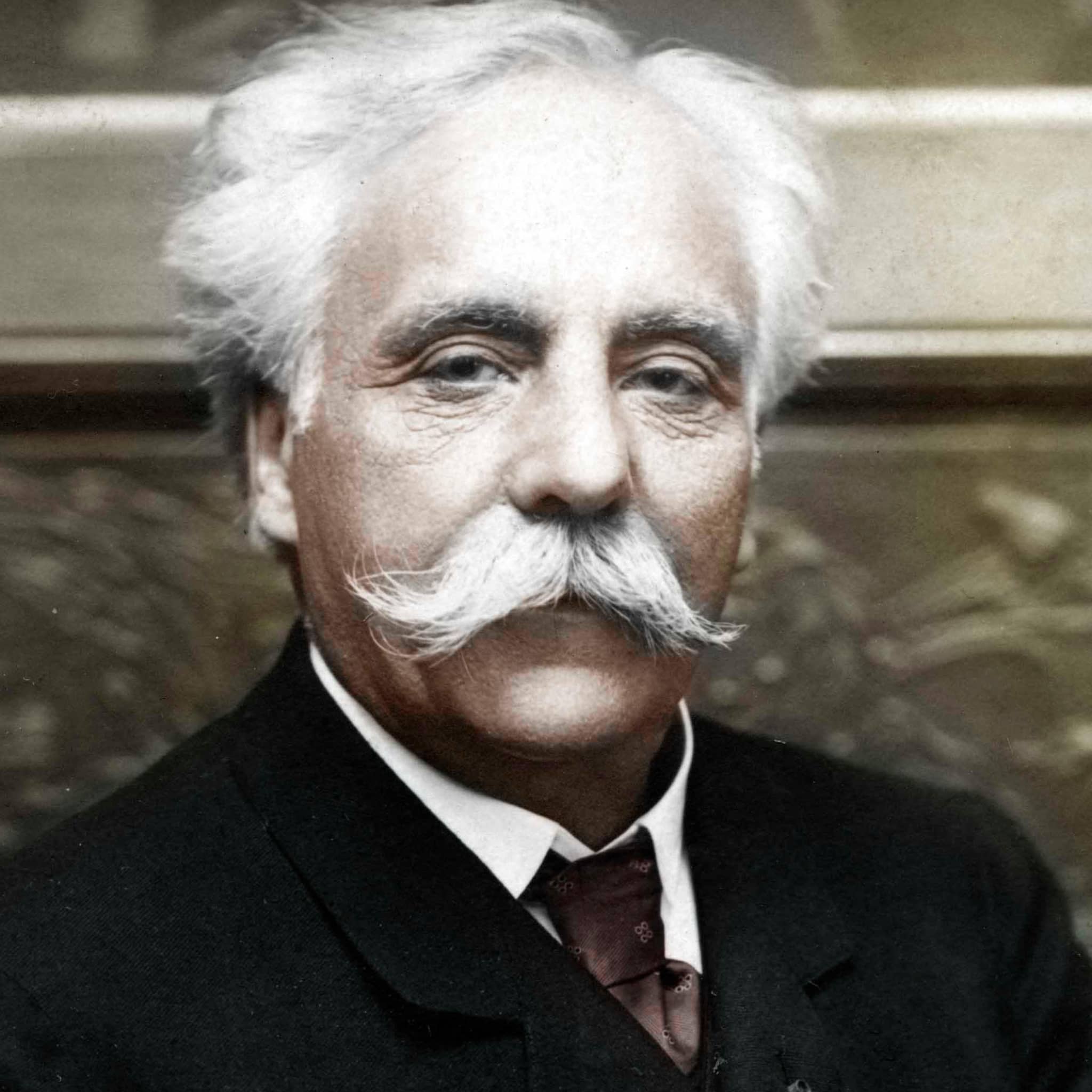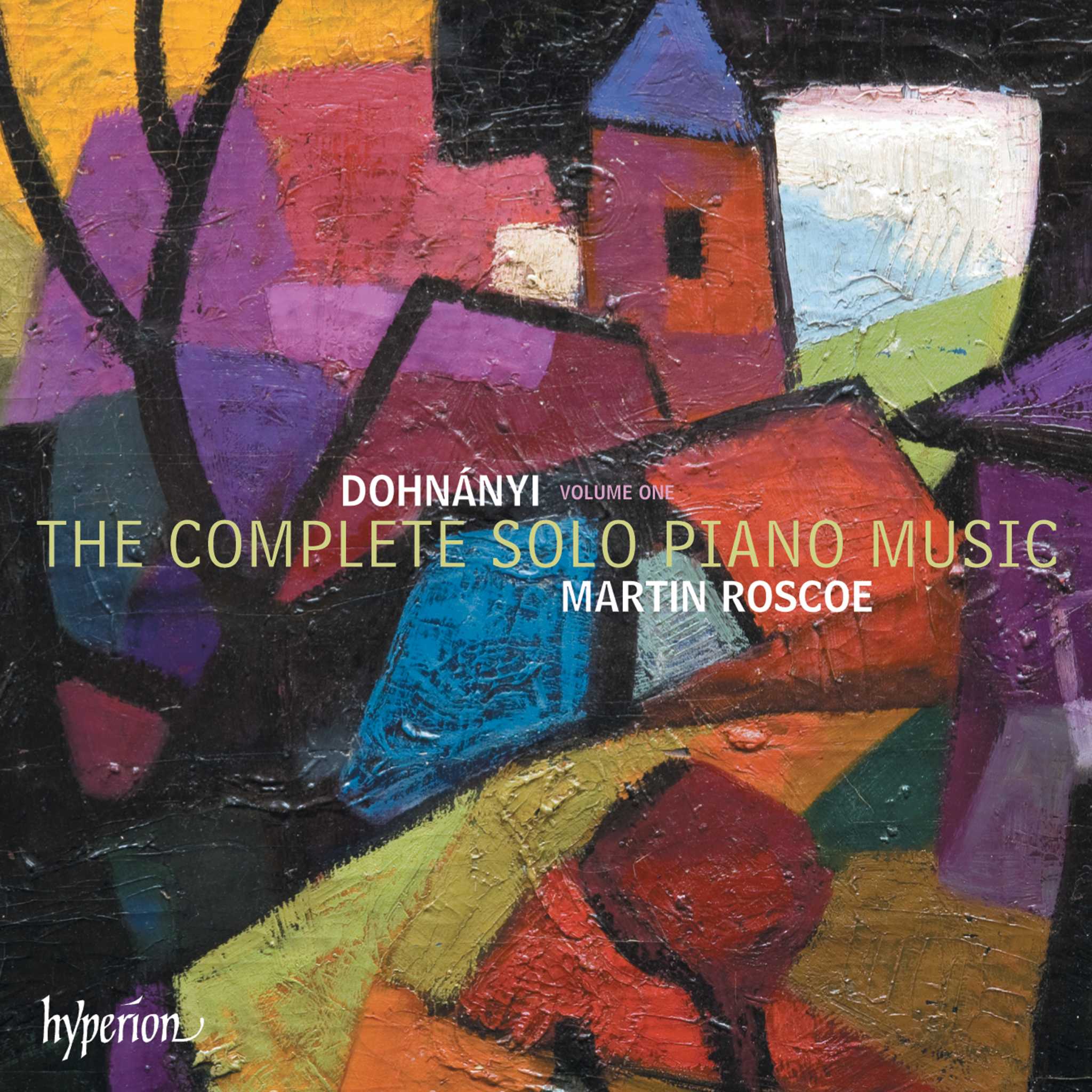Album insights
Exploring the history of the piano quintet might lead one to believe it was a rather rare genre of chamber music. Despite recordings dominated by well-known names like Schumann, Brahms, Dvořák, Franck, with occasional contributions from Fauré, Elgar, and Shostakovich in the 20th century, there exists a substantial list of lesser-known piano quintets. Around sixty were created in the 19th century and nearly a hundred in the 20th century, including works by Polish composers like the masterpiece by Juliusz Zarębski (1885). This context also encompasses quintets by Ludomir Różycki (1913) and Ignacy (Ignaz) Friedman (1918).
Born in divided Poland, Różycki (1883–1953) in Warsaw under Russian rule, and Friedman (1882–1948) near Krakow under Austrian governance, their paths converged during World War I in Berlin. Różycki became a significant figure in Polish music while Friedman, following in the footsteps of Ignacy Jan Paderewski as a pianist and a composer, had already achieved international acclaim. The piano quintet by Ludomir Różycki in C minor (1913) offers a glimpse into the varied musical worlds of Europe, not influenced by recent French or Russian music trends but rather by late-romantic styles reminiscent of Richard Strauss and Reger, yet still honoring older quintets by Franck and Zarębski.
Ludomir Różycki, part of the "Young Poland in Music" movement, collaborated with Karol Szymanowski, their first joint concert in Warsaw in 1906 revealing their talents. Establishing a publishing house in Berlin for young Polish composers, Różycki focused on chamber music works alongside his operatic compositions, becoming a prominent figure in Polish music. The three movements of Różycki's quintet exhibit conventional forms with a unique twist, leading to a captivating and sentimental finale.
Ignacy Friedman, a well-traveled pianist and composer, studied in Vienna before moving to Berlin, Denmark, Italy, and eventually Australia during World War II. In contrast to Różycki’s stationary career, Friedman's compositions, including his C minor piano quintet of 1918, remained relatively obscure despite his international performances and recognition for his Chopin interpretations. Friedman's quintet showcases a poetic tone rather than focusing solely on virtuosic displays, making it a standout work in his oeuvre.
Friedman’s quintet commences with lively rhythms and descending chromatic figures, setting the stage for a second theme that steals the spotlight with its waltz-like charm seamlessly integrated into the chamber music setting. The subsequent movements of this quintet, characterized by variations and an allegretto finale labeled "Epilogue," reflect ingenuity and thematic coherence, culminating in a charming conclusion resonating with echoes of the earlier movements.






